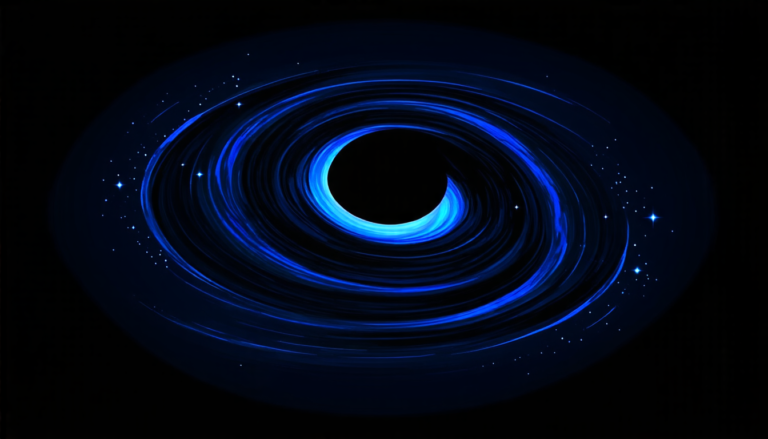Sunday 23 March 2025
Scientists have been studying a peculiar phenomenon in the universe, where some galaxies emit extremely high-energy particles that are unlike anything seen before. This phenomenon has been observed in several galaxies, including one called Markarian 501 (Mrk 501). Researchers have been trying to understand what causes this unusual behavior.
One of the key findings is that these galaxies exhibit a temporary shift in their energy output towards higher frequencies. In other words, they start producing particles with energies that are thousands of times greater than those produced by normal galaxies. This sudden change is thought to be linked to a dramatic increase in the number of high-energy protons being accelerated within the galaxy’s central region.
The researchers used data from NASA’s Fermi Gamma-Ray Space Telescope and the MAGIC (Major Atmospheric Gamma-ray Imaging Cherenkov) telescope to study Mrk 501’s behavior. They analyzed the galaxy’s energy output over a period of 15 days, looking for any patterns or anomalies that could help explain what was happening.
The analysis revealed some fascinating insights. The team found that on certain days, the galaxy’s energy output would suddenly jump to extremely high levels, with particles being produced at energies never seen before. On these days, the galaxy’s central region would be producing thousands of times more particles than usual.
One particular day stands out – July 19, 2014. On this day, Mrk 501’s energy output reached an all-time high, and around 3 teraelectronvolts (TeV) the MAGIC telescope observed a peak-like feature in the very high energy (VHE, > 100 gigaelectronvolts) gamma-ray spectrum. This behavior of the spectrum is inconsistent with the standard interpretation which was not observed in the past neither from Mrk 501 nor from any other galaxy.
The researchers used computer simulations to model what might be causing these sudden changes in the galaxy’s energy output. They found that a two-zone photohadronic model, where the accelerated protons interact with the low energy background photons in the galaxy’s jet environment, best explained the observed behavior.
This study sheds new light on the mysterious phenomenon of high-energy particle production in galaxies like Mrk 501. It highlights the importance of continued research into these events, which can help us better understand the fundamental laws of physics that govern the universe.
By studying these extreme events, scientists hope to gain a deeper understanding of how matter and energy interact within galaxies. This knowledge could ultimately lead to new insights into some of the most pressing questions in astrophysics, such as what causes black holes to form and how they affect their surroundings.
Cite this article: “Unveiling the Mystery of High-Energy Particle Production in Galaxies”, The Science Archive, 2025.
Galaxies, High-Energy Particles, Markarian 501, Fermi Gamma-Ray Space Telescope, Magic Telescope, Gamma-Ray Radiation, Black Holes, Astrophysics, Particle Acceleration, Photohadronic Model
Reference: Sarira Sahu, A. U. Puga Oliveros, D. I. Páez-Sánchez, G. Sánchez-Colón, Subhash Rajpoot, M. E. Iglesias Martínez, José Guerra Carmenate, P. Fernández de Córdoba, Gaetano Lambiase, “Markarian 501 reincarnates with vigor as a temporary EHBL during VHE flaring in July 2014” (2025)..








[…] la plataforma The Science Archive ha publicado un artículo que aborda la intrigante emisión de partículas de energía […]